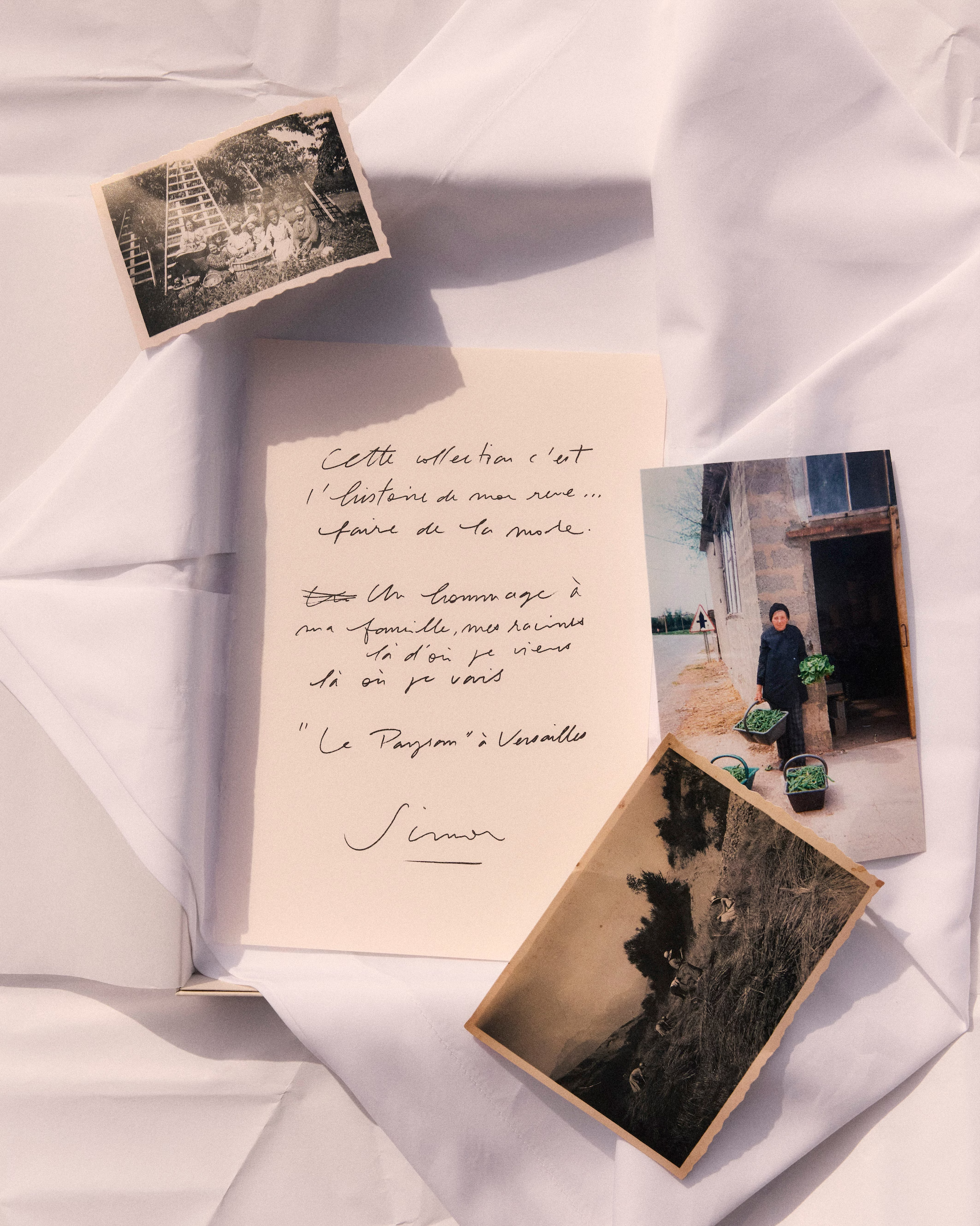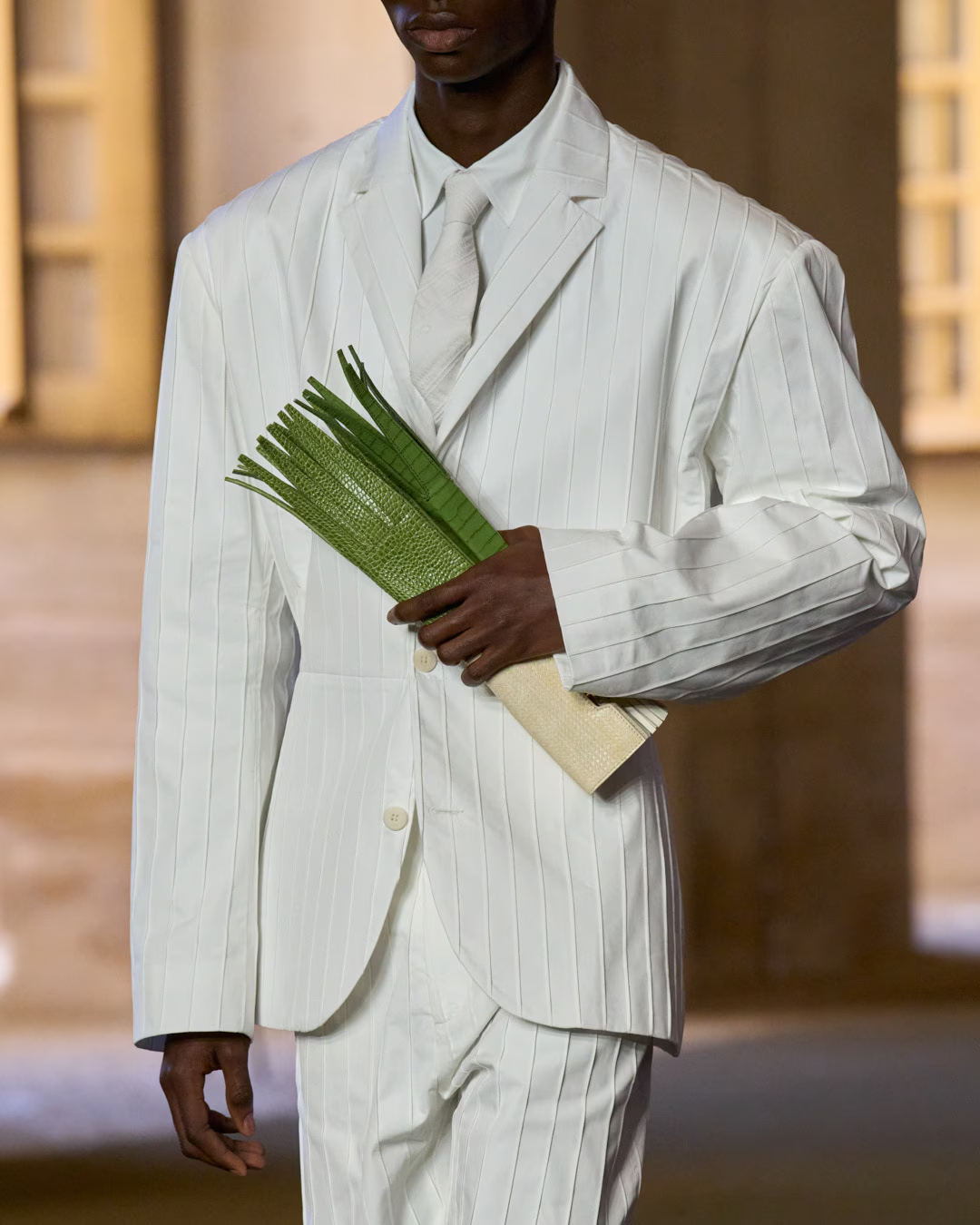Fashion Brands Are Creating Their Own Celebrities
Photo via © GQ España
For a long time, designers stayed in the background. Their work spoke for them. A name on a label, a photo at the end of the runway, maybe a rare interview behind a pair of sunglasses. That era is long gone.
Now, the designer is the brand.
They’re posting selfies from the studio. Walking the red carpet next to their muses. Shooting behind-the-scenes reels with models. Commenting, joking, disappearing, reappearing, shaping the cultural identity of the house far beyond fabric and silhouettes.
And it’s working.
Designers Are Becoming the Main Attraction
The Jacquemus label works because it’s tied so closely to the man behind it. His online presence blends personal life and creative work seamlessly. You’ll find campaign imagery right next to snapshots of Provence, behind-the-scenes chaos, and carefully styled glimpses into his day-to-day. The storytelling is constant, and it’s tightly controlled.
There’s a sense of warmth, aspiration, and control in the way he reveals himself: shirtless selfies, beautifully lit dinners, casting sessions, and tender wedding moments. His presence is not accidental. He’s selling proximity, familiarity, a world you can almost touch.
Jonathan Anderson brings his own rhythm to the conversation. At both JW Anderson and Loewe, his designs are layered with cultural references and digital fluency. His collections regularly spark discourse, not because of spectacle, but because of how cleverly they land online. The pigeon clutch and pixelated hoodies weren’t viral by accident. He knows how to plant an idea and let the internet run with it.
Demna’s work at Balenciaga has become an exercise in cultural friction: he’s inserted the brand into conversations that stretch far beyond fashion. The line between statement and satire is thin in his hands, and often intentionally uncomfortable. It keeps the audience on edge, and tuned in.
Daniel Roseberry has taken a different path, as the face of Schiaparelli, he’s leaned into visibility with ease. He’s present at premieres and photographed with muses, often stepping into the spotlight in ways that feel organic, not performative. His work at the house has pushed fantasy, but his presence feels grounded.
Personality Is Part of the Business Model
This era didn’t happen randomly. It’s a direct response to how fashion consumption has changed. In a saturated market, where trends move fast and attention spans are short, having a strong public-facing identity is one of the few ways a brand can stay memorable.
When a designer becomes a recognizable figure, it gives the brand a beating heart. Not everyone relates to a product, but many people relate to a person. A designer who appears online, who shares thoughts or shows emotion, becomes a character in the broader narrative. People follow them not just for the work, but for the worldview.
This kind of visibility builds a different kind of loyalty. Customers aren’t just buying what the designer makes; they’re buying into how the designer sees the world.
Social Media Changed the Rules
Part of this shift can be credited to how platforms like Instagram, TikTok, and YouTube have flattened the distance between creator and consumer. Fashion no longer lives only in print editorials or on runways. It lives in DMs, Stories, and archived Lives.
This created space for designers to become creators in their own right: posting sketches, joining podcast interviews, participating in challenges, or narrating the design process. The line between designer and influencer is often the same role.
And for younger designers building brands from scratch, being visible isn’t a choice, it’s expected. Whether it’s Telfar Clemens creating a tight-knit community through livestreams and drops, or Marine Serre discussing sustainability on camera, the idea of a silent creative director feels increasingly outdated.
The New Face of the Brand
What’s interesting about this new era isn’t that designers are suddenly craving fame. Many likely don’t. What’s changed is that being seen is now part of the job. Public image plays a real role in how collections are received, how press is handled, and how loyal a community becomes.
This does NOT mean every designer must post their breakfast or cry on camera. Visibility looks different for everyone. But fashion, now more than ever, is driven by narrative. And in most cases, the designer is the greatest narrator.
Photos below via © Jacquemus






